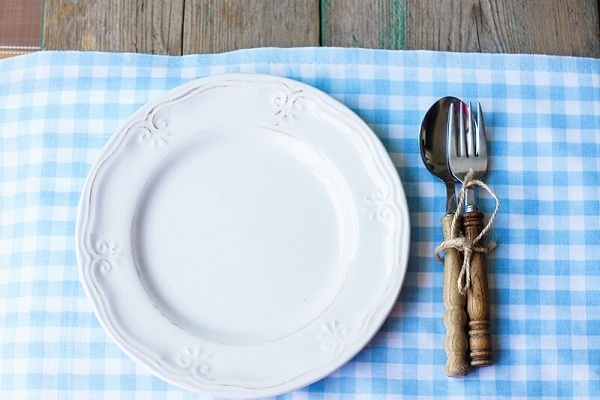44 (Homemade Orange Liqueur)
Orange liqueur, or "44," is one of the most traditional European homemade aperitifs. You'll find versions in Spain, Italy and France - some made with cloves and cinnamon; some with a mix of oranges, bitter oranges and lemons; some flavored with coffee beans; and those sweetened with honey.

Yield: 1 quart
Ingredients
- 1 large orange
- 44 coffee beans
- 22 sugar cubes (or 6 tablespoons granulated sugar)
- 1 quart clear eau de vie or vodka
Instructions
- Thoroughly scrub and dry the orange. With the end of a sharp knife, pierce the orange all over. Insert the 44 coffee beans into the skin, embedding each bean into the orange. Place the orange in a 1 1/2-quart canning jar. Add the sugar cubes and the eau de vie. Cover securely. Turn the jar upside down and shake to help dissolve the sugar. Place in a cool, dry, dark spot. Shake the jar daily until the sugar is completely dissolved. Set aside for 44 days. During this time, the liquid will turn from clear to a pale orange and will take on a lovely coffee-orange fragrance.
- The 44 can be stored indefinitely as is, or the liquid can be filtered and transferred to an attractive liqueur bottle.
- he orange and coffee beans are not consumed and should be discarded once they lose their vigor.
- Serve 44 chilled or at room temperature, added to white wine, or in tiny liqueur glasses as an accompaniment to fruit desserts or as an after-dinner drink.
Notes
The original recipe given to me called for a single orange studded with 44 coffee beans, mixed with 44 sugar cubes and a bottle of clear eau de vie. The mixture is then set aside for 44 days. The result is a fragrant, fruity drink that can be mixed with a bit of white wine as an aperitif or served "as is" with dessert or as an after-meal liqueur. I found the original version too sweet for my taste, so have cut the amount of sugar in half.
In Provence, many cooks prepare their orange liqueur by piercing the orange with cloves, tying the fruit with string, then suspending it in a clear glass jar partially filled with clear eau de vie. (The orange should never touch the alcohol.) The jar is sealed, and the aromatic oils of the orange infuse the alcohol with their fruity essence, turning the eau de vie a pale, glistening orange. After about one month, the orange is discarded, and the aperitif is sweetened to taste and transferred to a sealed bottle.
Attribution
Posted by LladyRusty at Recipe Goldmine 11/8/2001, 6:07 pm.
Source: Patricia Wells at Home in Provence - oregonlive.com

